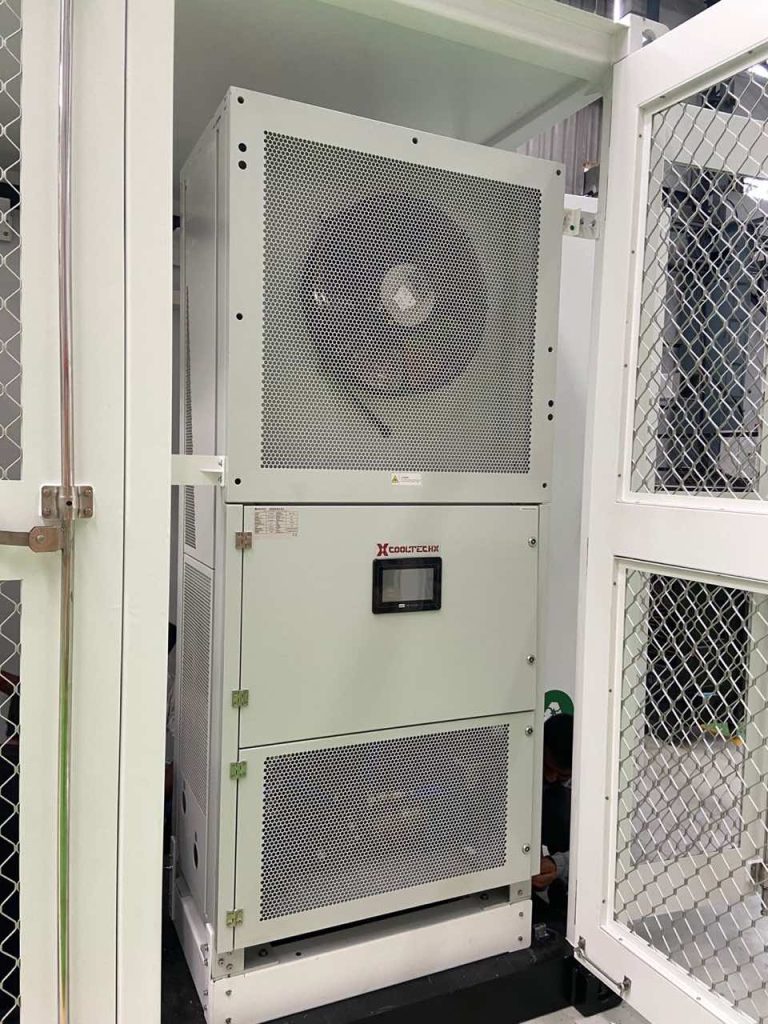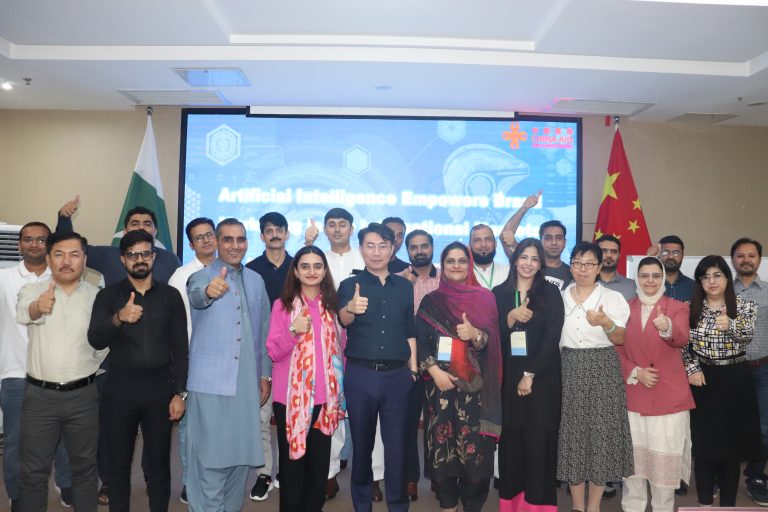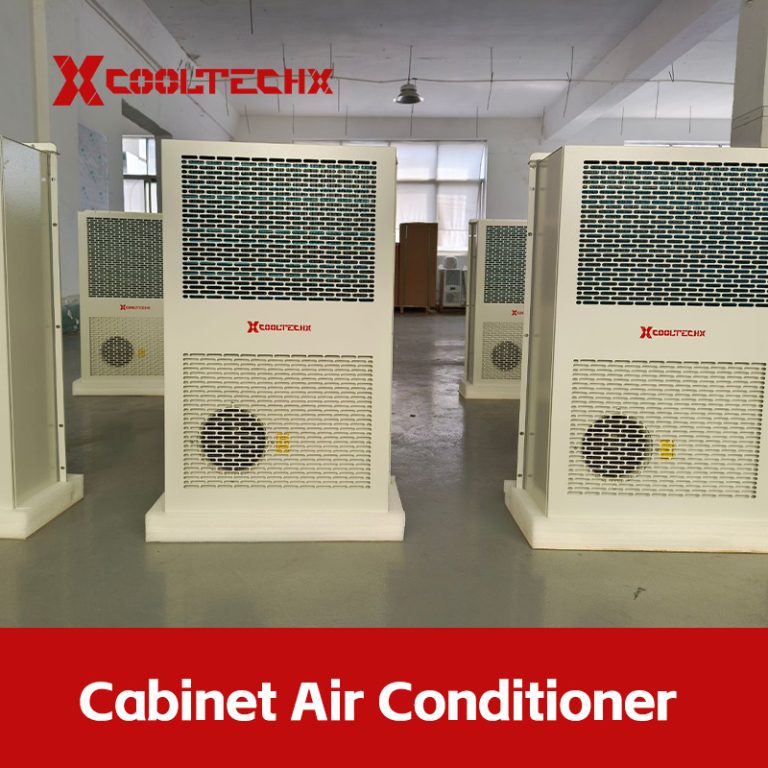
Choosing the right air conditioner enclosure needs careful thought. You must think about your equipment’s heat load. You also need to know the enclosure size. Look at the conditions around the enclosure. Think about how much protection you need. Picking the wrong size can cause big problems:
- Cooling will not work well and people may feel hot.
- The system may turn on and off a lot and use more energy.
- The system may break down sooner than it should.
- There could be electrical dangers and bad air.
You should always use the right tools to measure and figure things out. If the system is hard or very important, ask an expert for help. This will help keep things safe and working well.
Key Takeaways
- Check the size of your enclosure before you choose an air conditioner. This helps you avoid cooling issues. – Find out how much heat your equipment makes. Match this with the cooling power you need. – Pick an enclosure with the right protection rating for your area. This keeps your equipment safe. – Do not pick an air conditioner that is too big or too small. This saves energy and stops damage. – Take care of your system often and use units that save energy. This helps your system work well and saves money.
Enclosure Size
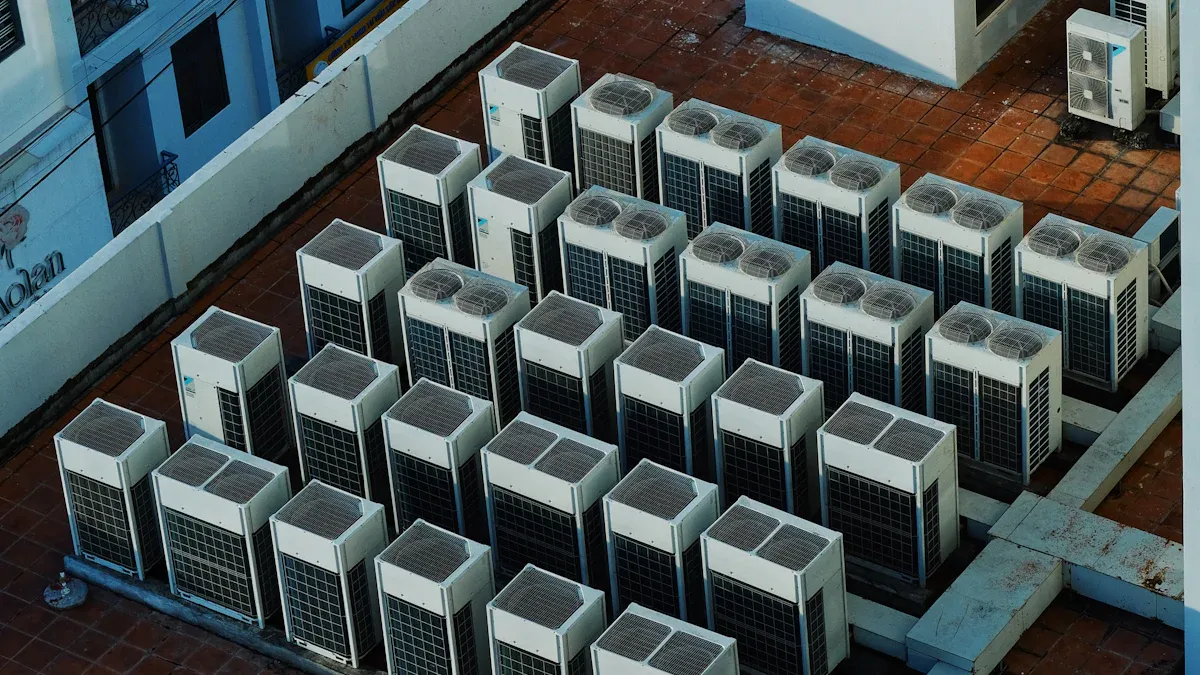
Measure Dimensions
You have to measure your enclosure very carefully. Good measurements help you pick the right air conditioner. You can use simple tools or new technology. The table below lists ways to measure enclosure size:
| Measurement Method | Description | Advantages / Limitations |
|---|---|---|
| Tape Measures and Calipers | These are hand tools for checking length, width, and height. | It takes a lot of time, needs more than one person, and results can change if people use the tools differently. |
| Coordinate Measuring Machines (CMM) | Wireless probe systems like the KEYENCE WM Series let one person measure in 3D. | They are very accurate, give digital results, make fast reports, are easy to move, and can show shape changes with color. |
Pick a way that matches your enclosure size and how exact you need to be. If your enclosure is big or has a hard shape, a CMM is a good choice and saves time.
Check Air Volume
After you measure, you need to check the air volume. Air volume means how much space needs to be cooled. This step is important for choosing the right air conditioner.
- The size of your enclosure, or its air volume, tells you how much cooling you need.
- Big enclosures need air conditioners with more BTUs to keep things safe.
- Air volume changes how much air must move inside the enclosure. Sometimes, you may need fans instead of an air conditioner.
- Most enclosure air conditioners use closed-loop cooling. This keeps outside air away and protects your equipment.
- You must think about air volume, the temperature around you, and the heat your equipment makes. These things help you pick the best cooling and size.
Tip: Always check your measurements and math again. Small mistakes can cause big problems with cooling and safety.
Heat Load
Calculate Equipment Output
You must know how much heat your equipment makes. Start by checking each part’s heat dissipation. Manufacturers give this number in Watts. Add up the heat from all the parts to get the total. Do not forget about the enclosure itself. The color, material, and insulation change how heat moves.
- Check the heat output for every device inside.
- Look at the color and material of the enclosure. Dark colors and metal take in more heat.
- Insulation helps keep outside heat from getting in.
- Think about other heat sources, like nearby machines or sunlight.
- Measure the size and surface area of the enclosure. Bigger surfaces lose heat faster but may cost more.
- If your enclosure is sealed, you need closed-loop cooling to keep out dust and moisture.
- Make sure the cooling system can handle all the heat. This keeps your equipment safe.
Tip: Always use the newest data from manufacturers for the best results.
Factor Ambient Temperature
Ambient temperature changes how much cooling you need. You must look at the highest and lowest temperatures around your enclosure. These changes affect how well your cooling system works.
- Ambient temperature sets the starting point for inside temperature.
- Outdoor enclosures may face -30°C to 55°C. Inside, equipment can reach up to 85°C.
- If you need the inside cooler than outside, use active cooling like air conditioners.
- If higher inside temperatures are okay, use heat exchangers or fans.
- For small enclosures or less sensitive equipment, passive cooling may work.
This step helps you pick the right cooling method for your needs.
Use BTUH Calculators
You should use a good BTUH calculator to size your cooling system. Tools like the Thermal Edge ETM calculator let you enter all your data. This includes equipment heat output and solar heat gain. These calculators give you the exact cooling you need. With this information, you can pick the best air conditioner, heat exchanger, or fan. Using a trusted calculator helps you avoid mistakes and keeps your equipment safe and working well.
Protection Level
Assess Environment
You need to check your environment before picking an air conditioner enclosure. Every place has its own dangers. Some places are very hot. Others have dust, water, or chemicals. You must know what your equipment faces each day.
| Environmental Factor | Impact on Enclosure Protection Level and Cooling Requirements |
|---|---|
| Ambient Temperature | Tells you if you need ventilation or air conditioning. Outdoor temperature helps you choose the right enclosure. |
| Humidity | High humidity can make water drops form. You might need heaters inside to stop water damage. |
| Exposure to Water, Snow, Ice | Outdoor enclosures need at least NEMA 4. For tough weather or cleaning, NEMA 4X is best. |
| Presence of Chemicals | Bad vapors or salty air need sealed enclosures and closed loop cooling to stop rust. |
| Solar Radiation and Heat | Sun and heat make inside temperatures go up. Shade and good spots help lower cooling needs. |
| Dust and Fibers | Dust can block vents and hurt equipment. Use NEMA 12, 4, or 4X for more safety, depending on how dirty or harsh the area is. |
| Atmospheric Pollution | Bad vapors and particles need sealed enclosures and the right cooling to keep them out. |
Tip: Always look for these dangers at your site before you pick an enclosure. This step helps you avoid big mistakes and keeps your equipment safe.
Choose NEMA or IP Rating
You need to choose the right rating for your environment. NEMA and IP ratings both show how much protection an enclosure gives, but they are not the same.
| Feature | IP Rating | NEMA Rating |
|---|---|---|
| Origin | International (IEC 60529) | North American (NEMA 250) |
| Protection Scope | Solids and water only | Solids, water, rust, oil, ice, and dangerous places |
| Rating Format | Numbers (like IP65, IP68) | Type names (like Type 4X, 12) |
| Mechanical Integrity | Not much focus | Includes rust resistance and gasket aging |
| Test Method | Spray and dust tests | Toughness and danger tests (ice, chemicals) |
| Hazardous Environment | Not included | Included (like explosion-proof Types 7, 9) |
- NEMA ratings cover more dangers, like rust, oil, and ice. You need this for tough work sites.
- IP ratings only show how well the enclosure keeps out dust and water.
- NEMA 4X enclosures are good for strong cleaning and harsh areas.
- You cannot change NEMA and IP ratings into each other. NEMA tests for more dangers.
Note: For most industrial air conditioner enclosures, NEMA ratings help you more, especially in hard places. Always match the rating to the real dangers at your site.
Air Conditioner Enclosure Selection
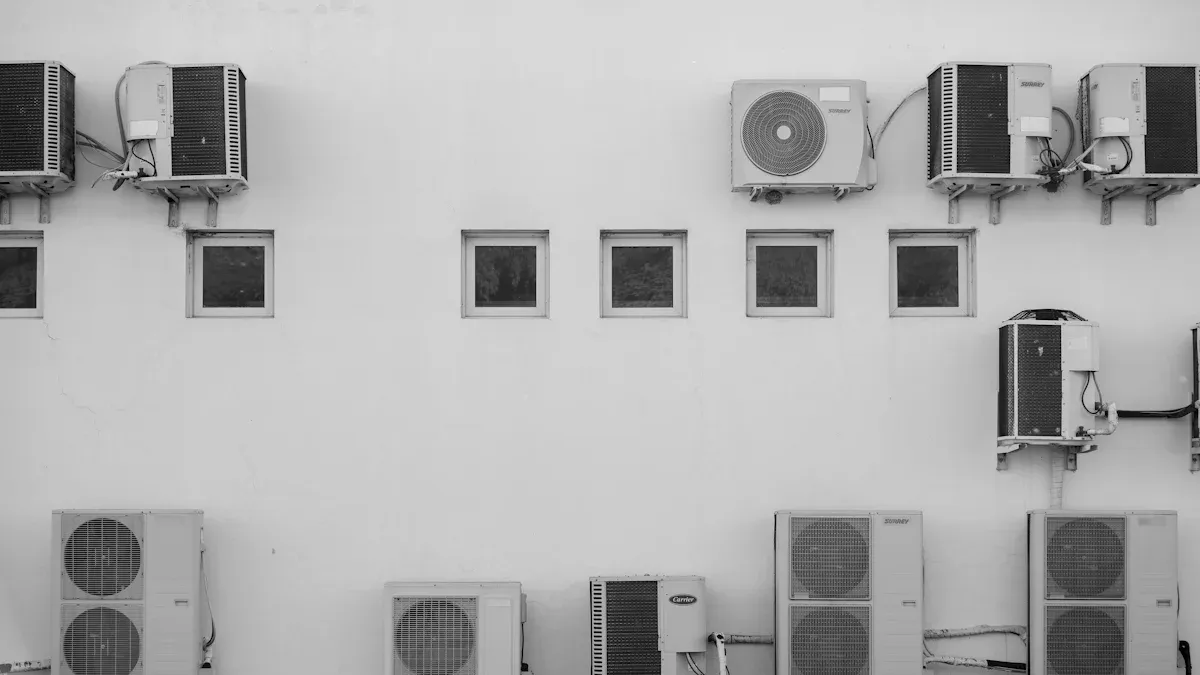
Match Cooling Capacity
You need to make sure the cooling capacity matches the total heat load. First, figure out all the heat sources that affect your enclosure. These can be heat from the sun, outside air, equipment inside, and the enclosure walls. Use the cooling load formula:
Q = U × A × (To – Ti) + Qint + Qsol + Qvent
- U is the thermal property of the wall.
- A is the surface area.
- The outside temperature.
- Ti is the inside temperature.
- Qint is the heat from the equipment.
- Qsol is the heat from sunlight.
- Qvent is the heat from air exchange.
Add up all these numbers. Then use a safety factor to help with surprises. This helps if the temperature or equipment changes. Pick an air conditioner enclosure with enough cooling capacity. It should match or be a little more than your total load. This keeps your equipment safe and working well.
Avoid Over/Undersizing
Getting the right size is very important. If your air conditioner enclosure is too big, you waste energy. The compressor will turn on and off a lot. This can make it break sooner. The temperature inside may change a lot. If your unit is too small, it will run all the time. It still might not keep things cool. Your equipment can get too hot and stop working early.
Here are some steps to help you avoid mistakes:
- Add up all the heat sources.
- Think about how outside temperatures change during the year.
- Decide what temperature you want inside the enclosure.
- Pick a unit that fits your needs, not just the biggest or cheapest.
If you are not sure, ask a specialist for help. Picking the wrong size can waste time and money.
Consider Condensate Management
Condensate is water that forms when warm, wet air touches a cold surface. If you do not handle this water, it can hurt your equipment. You can stop problems by following these tips:
- Put enclosures away from sunlight and heat. This helps stop big temperature changes and condensation.
- Use IP-rated vents for airflow. Small enclosures may only need simple vents. Big or powerful enclosures need fans.
- Use air conditioning if it gets very hot.
- Lower humidity with dehumidifiers or special heat pump units.
- Keep the enclosure warmer than the dew point. Use heaters with humidistats to control moisture.
- Fill the enclosure with dry nitrogen during assembly to keep it dry.
- Use desiccants like silica gel, but check and change them often.
- Spray corrosion inhibitors on metal parts to stop water damage.
Tip: Always make sure your air conditioner enclosure has a condensate management system. This helps drain water and keeps your equipment dry.
Review Mounting and Installation
You need to install your air conditioner enclosure the right way. This helps it work its best. Start by picking the right cooling method for your area. Open loop systems use outside air and work in clean, mild places. Closed-loop systems keep outside air out. They protect against dust, water, and chemicals. These systems use sealed circuits and can cool below the outside temperature. For tough or outdoor places, closed-loop cooling is best.
Check the table below for a quick guide:
| Cooling Method | Description | Best Use Case | Key Features |
|---|---|---|---|
| Open Loop | Uses outside air with filtered fans | Clean, mild environments | Simple, cannot cool below outside temperature |
| Closed Loop | Sealed system with heat exchangers or air conditioners | Dusty, wet, or harsh environments | Can cool below outside temperature, protects equipment |
| Conductive | Transfers heat through enclosure walls | Not common for most industrial uses | No moving parts, limited cooling |
When you install your air conditioner enclosure, follow the rules for safety and energy use. Groups like ASHRAE and NFPA make these rules. These rules help you pick and install the right enclosure. Use certified contractors if you can.
For tough or outdoor places, look for these features:
- NEMA 3X or 4X rating for weather and rust protection.
- Stainless steel hinges and latches for strength.
- Good gaskets to keep out water and dust.
- Rust protection on cooling parts.
- Digital controls with alarms for easy checks.
Note: Always check that your air conditioner enclosure has the right NEMA, UL, or CSA ratings for your site. This keeps your equipment safe and helps it last longer.
Efficiency and Maintenance
Energy Use
When you pick an air conditioner enclosure, think about how much energy it uses. Some models use more energy than others. The Department of Energy says energy use depends on how efficient the equipment is. Some units have new features that make the Energy Efficiency Ratio (EER) better. Some work well even when not running at full power. If you choose a high-efficiency unit, you can save energy every year. Look for units with better technology and higher efficiency ratings. This will help you pay less for energy and is better for the planet.
Tip: Picking energy-efficient equipment saves money and helps the earth.
Operational Costs
Operational costs are more than just paying for electricity. You also pay for regular checkups, repairs, and new parts. Bigger systems cost more to take care of because they need more work. If you skip maintenance, your energy bills can go up and things may break more often. Here are some common costs you might have:
- Fees for checking, cleaning, and looking at refrigerant levels.
- Higher energy bills if the system does not run well.
- Repair costs when things break or wear out.
- Money to replace broken parts.
- Extra costs if the system fails early and needs to be replaced.
You can keep these costs down by buying good equipment and doing regular maintenance.
Maintenance Needs
You need to take care of your air conditioner enclosure to help it last longer. Doing regular maintenance keeps it working well and stops breakdowns. Follow these simple steps:
- Change filters often to keep air moving.
- Clean coils so heat can move out.
- Check refrigerant levels to stop cooling problems.
- Look at and seal ducts to keep air from leaking.
- Oil moving parts to stop them from wearing out.
- Set thermostats right for good temperature control.
- Check wires and parts to find problems early.
- Watch how the system works to catch issues fast.
- Make a schedule for monthly, quarterly, and yearly tasks.
- Use trained workers and write down all the work done.
Thermal imaging tools help you find hot spots and overloaded circuits. These tools show you where the enclosure gets too hot. If you see a hot spot, you can fix it before it causes trouble. Using these tools often helps you find problems early and keep your system working well.
When you measure carefully, your equipment stays safe and lasts longer. Picking the right air conditioner enclosure helps a lot. Regular checks and the right size stop problems and keep things working. Use good tools like measuring devices and safety gear each time. Ask experts for help if the project is hard. Make a plan and look over your setup often. This helps your system work well and saves money.
FAQ
What is the most important factor when choosing an air conditioner enclosure?
You need to make sure the cooling matches the heat load. This stops your equipment from getting too hot. It also keeps your system safe. Always measure and do the math before picking a unit.
How often should you check or maintain your air conditioner enclosure?
Check your enclosure every month. Clean the filters and coils. Look for leaks and worn parts. Regular checks help you find problems early. This keeps your equipment safe.
Can you use a standard air conditioner for industrial enclosures?
No, you need one made for industrial use. Standard air conditioners do not block dust, water, or chemicals. Industrial models have special features for tough places.
What happens if you oversize the air conditioner enclosure?
If it is too big, you waste energy. The compressor turns on and off a lot. This can make it break sooner and cost more. Always pick the right size for your needs.
Do you need a specialist to select an air conditioner enclosure?
If your system is hard or very important, ask a specialist. Experts help you avoid mistakes and keep your equipment safe. They use special tools and know what to do.


